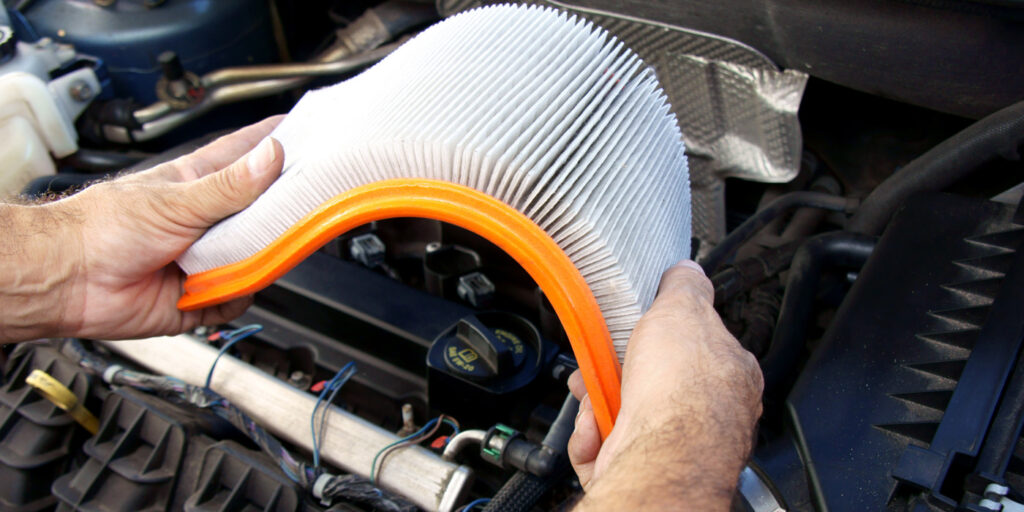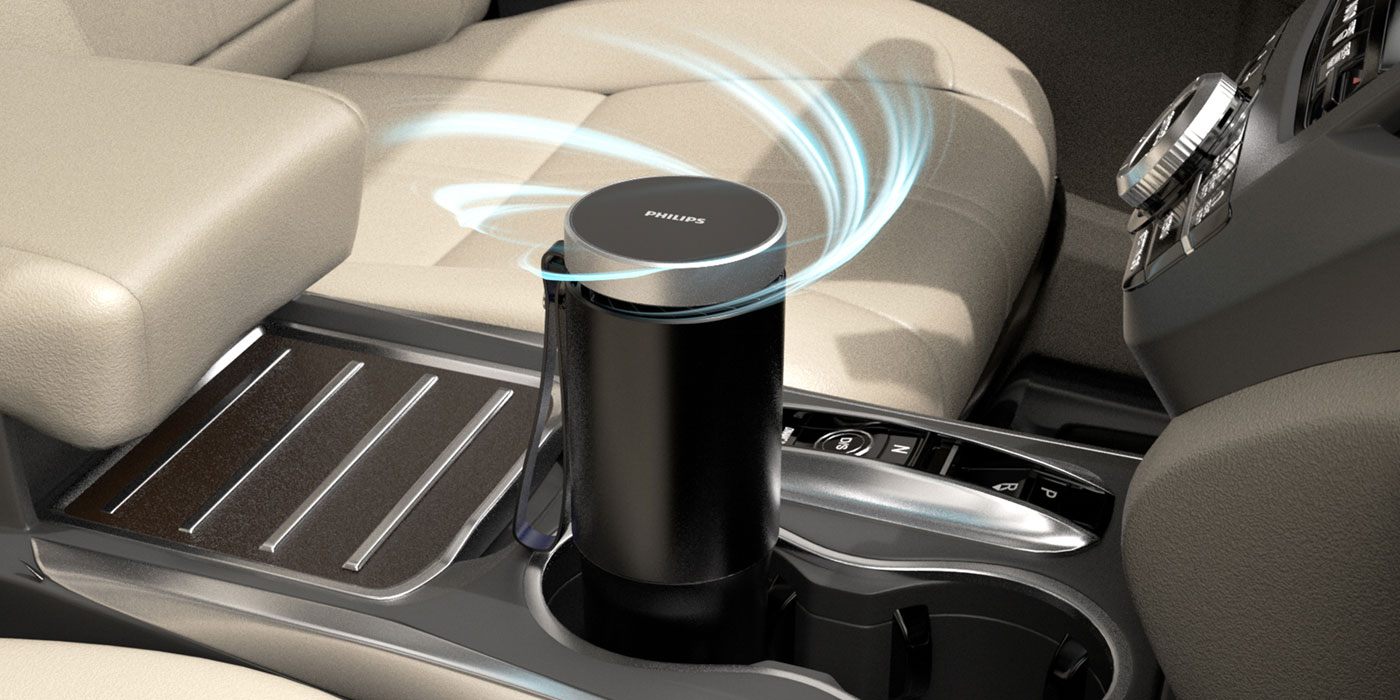Many years ago, in high school to be exact, a friend of mine drove a 1980 Ford Thunderbird. He began to complain that the vehicle was losing power and it was getting worse and worse. I was always working on my own car and generally was known as a “car guy,” so he asked me what I thought. I asked him if he had checked the air filter recently. “Air filter?” he responded.
Admittedly, I knew very little about cars at the time, and my response was the only thing I could think of. Out to the parking lot we went. Not being able to get the lid off the air cleaner was a bad sign, and when we finally did, completely plugged was an understatement. Naturally, a new air filter fixed his problem. I was a little full of myself after that, but I never told anyone it was a lucky guess.
Even though I’ve never seen one that bad since, as a technician, I’ve had many opportunities to sell air filters. The job is a little easier for us because we are most likely holding a visual representation in our hands – one we can show the customer. This is a tactic that often works well, especially if you have a new one to compare side-by-side.
Sometimes it’s an easier sell than others, as some people understand the importance of the air filter; this usually is the staunch oil-change crowd. But, others are skeptical and take a little more convincing.
Selling, for me, always has been based on fact. I often first ask if they can remember the last time it was changed. If not, it’s probably due for replacement, and I stick to the once-a-year rule. But you always have to make exceptions based on an inspection, and with vehicles that are driven only seasonally or driven very little, at minimum I have to see dirt collecting in the base of the pleats, or a noticeable discoloration before recommending replacement.
If a customer is still skeptical, I explain that since a plugged air filter can completely keep a vehicle from running, even 10% blockage can begin to affect performance. I also like to point out that the effects of a dirty filter were more noticeable on older vehicles, and modern fuel-management systems can compensate for reduced air flow. This is good for drivability and emissions, but bad for overall performance. Along with other normal maintenance items, it’s easy for a vehicle owner to overlook a dirty or plugged air filter with no warning signs from their vehicle.
Be prepared for questions about high-performance, because you will get them. Many people ask about high-flow filters, cold-air intakes or, on an older vehicle, ditching the original air cleaner for a round chrome replacement. Don’t be intimidated by performance questions. Here’s what you need to know to answer them with confidence.
High-Flow Filters
High-flow performance filters are a very common upgrade. They typically are recognized and associated with a color, as opposed to the traditional white paper element. Often pinkish/red, the color is from a dyed oil that’s soaked into the element. The elements typically are a cotton weave, held in place by a wire mesh. The weave is looser than a standard paper air filter, allowing a greater volume of air to pass through.
Since the loose weave cannot filter out the smaller particles, it is soaked in oil, and the particles will, in turn, stick to the oil. Dye is used in the oil so there is an easily noticeable contrast between the oil and the element, allowing you to ensure that all areas are saturated. Even though red is the most common, there are multiple other colors available.
These types of filters absolutely flow better, and it’s often noticeable in engine-performance characteristics. But they do require regular cleaning and re-oiling to maintain their level of performance. You can be confident about selling them and touting the increased flow, but I do warn people that when they clean and oil them, be sure to heed the instructions, and don’t over-oil them. There always have been “rumors” of these types of filters damaging mass airflow sensors, but they are largely unfounded, and over-oiling them is the only thing that could possibly contribute to this.
American History
If you have a customer with an old car who wants to install a round chrome air cleaner, you might not change their mind, but there are many facts about the original factory air cleaners that often are overlooked. Many people think they’re an eyesore compared to a shiny new chrome one, but there’s a lot more to them than meets the eye.
The inside of the air cleaner is designed to smoothly direct the airflow up to the top while reducing turbulence, so the air can be smoothly drawn down through the carburetor. They have a snorkel extending off them to pick up cool air from the side of the engine compartment, and the snorkel also is designed to increase the velocity of the air as it enters the air cleaner.
In addition, the snorkel design incorporates a pickup for warm air to be drawn from around the exhaust manifold up into the air cleaner for improved cold-weather drivability. On the main body of the air cleaner, there also is a filtered pickup for fresh air into the crankcase as part of the positive crankcase ventilation system, so they are important for emissions too.
Theoretically, this is all great information, but if someone wants a chrome air cleaner, I get it. They look great, and they’re a common characteristic of some old muscle cars. The completely exposed element offers the maximum amount of airflow necessary for the type of performance sought in these cars.
The minor affect on drivability due to lack of a heat riser and less air velocity at low RPM isn’t missed on a car with straight-line, high-RPM performance in mind, and one that most likely is only driven in the summer. I do like to point out that there were a handful of top-dog muscle cars that originally came with chrome open-element air cleaners. On these cars, the crankcase ventilation was routed to the air-filter base, and the aftermarket units generally have a stamped breakout in the base and come with a fitting so this can be reconnected. I always encourage them to reconnect these emission-related devices.
If your customer is replacing the air filter on an old vehicle with an OE air cleaner, it’s important to use a high-quality filter and always look it up for the application. You can’t see it when the lid is on, but the filter is designed to seal on the top and bottom so that all air flows through it. If a filter is installed that’s even a little bit too short, unfiltered air will be drawn over the top of the filter into the engine, plus mice can fit through just about any small crack, and that carburetor is an awfully inviting cubby to store the kibbles and bits you keep in the garage.
How’s Your Cabin Filter?
When a customer asks about an air filter, it opens the door to other opportunities. The most prevalent is the cabin filter. Most vehicles have them now, and as common as they are, the majority of them still get neglected. There’s a lot at stake inside the heater box, and aside from the obvious benefit of fresh air, it’s the clean, dry air flowing through the system that can prevent bacteria, odors and corrosion of the A/C evaporator and heater core. It’s nice to have all the knowledge, but it’s important to use it to your advantage. I’m careful about directly answering questions and not going too deep. Let your customer guide the direction of the sale. If they want stock, go stock. If they want performance, go performance. If you get too deep, you can scare someone off. Present them with fact, caution them when necessary and share the part of your knowledge that helps the sale. After all, that’s our goal and that’s how we make a living.













